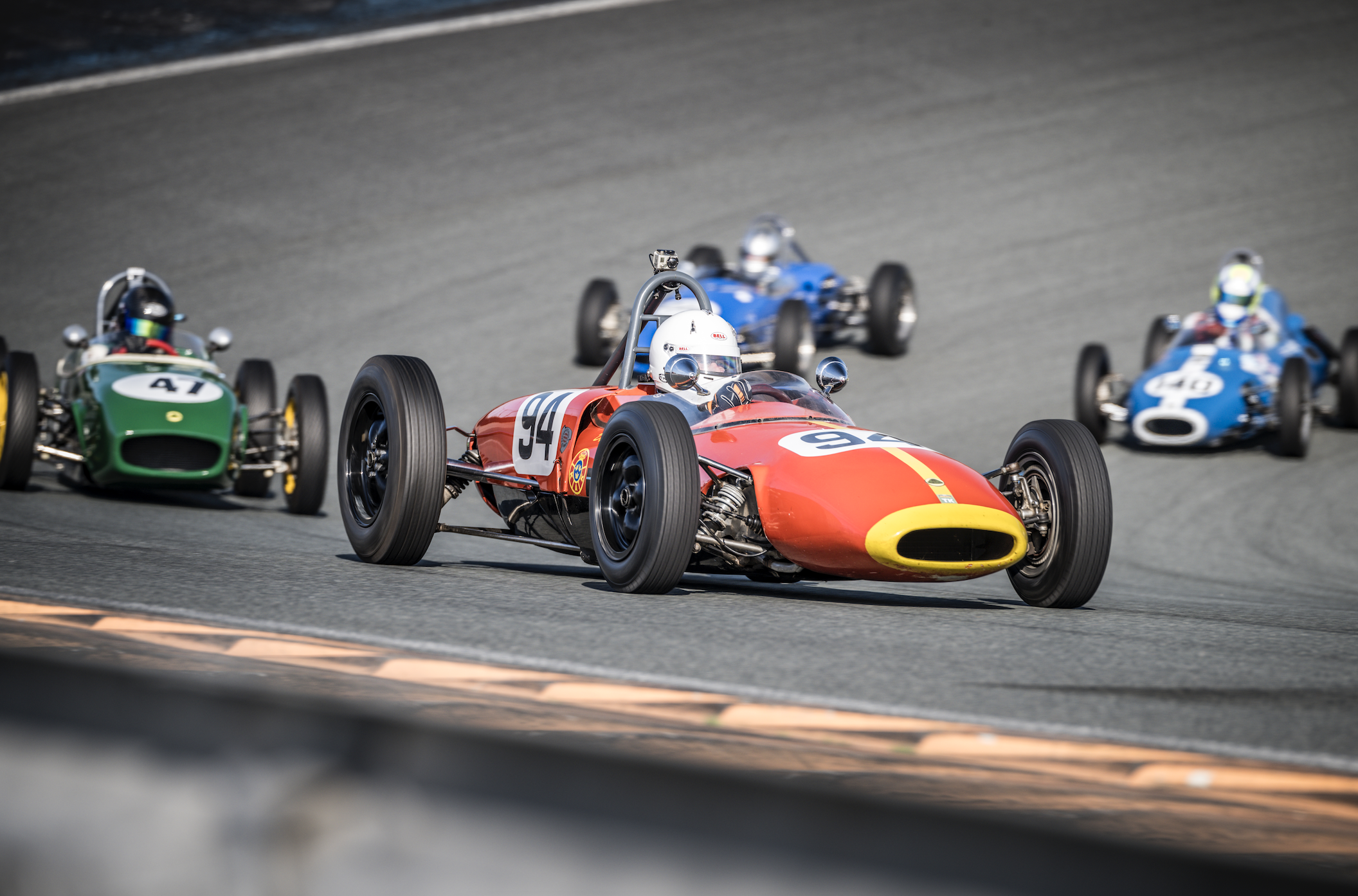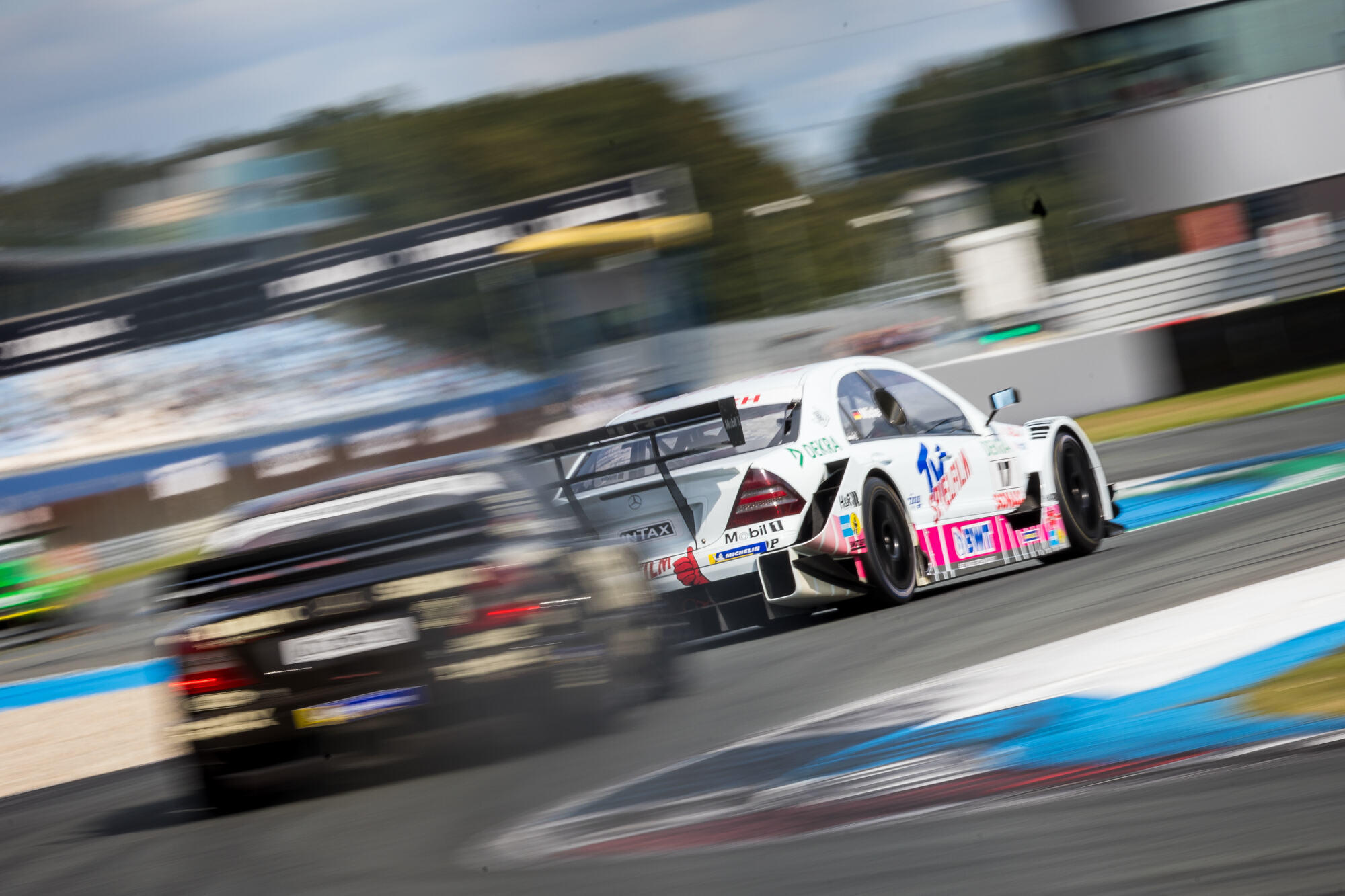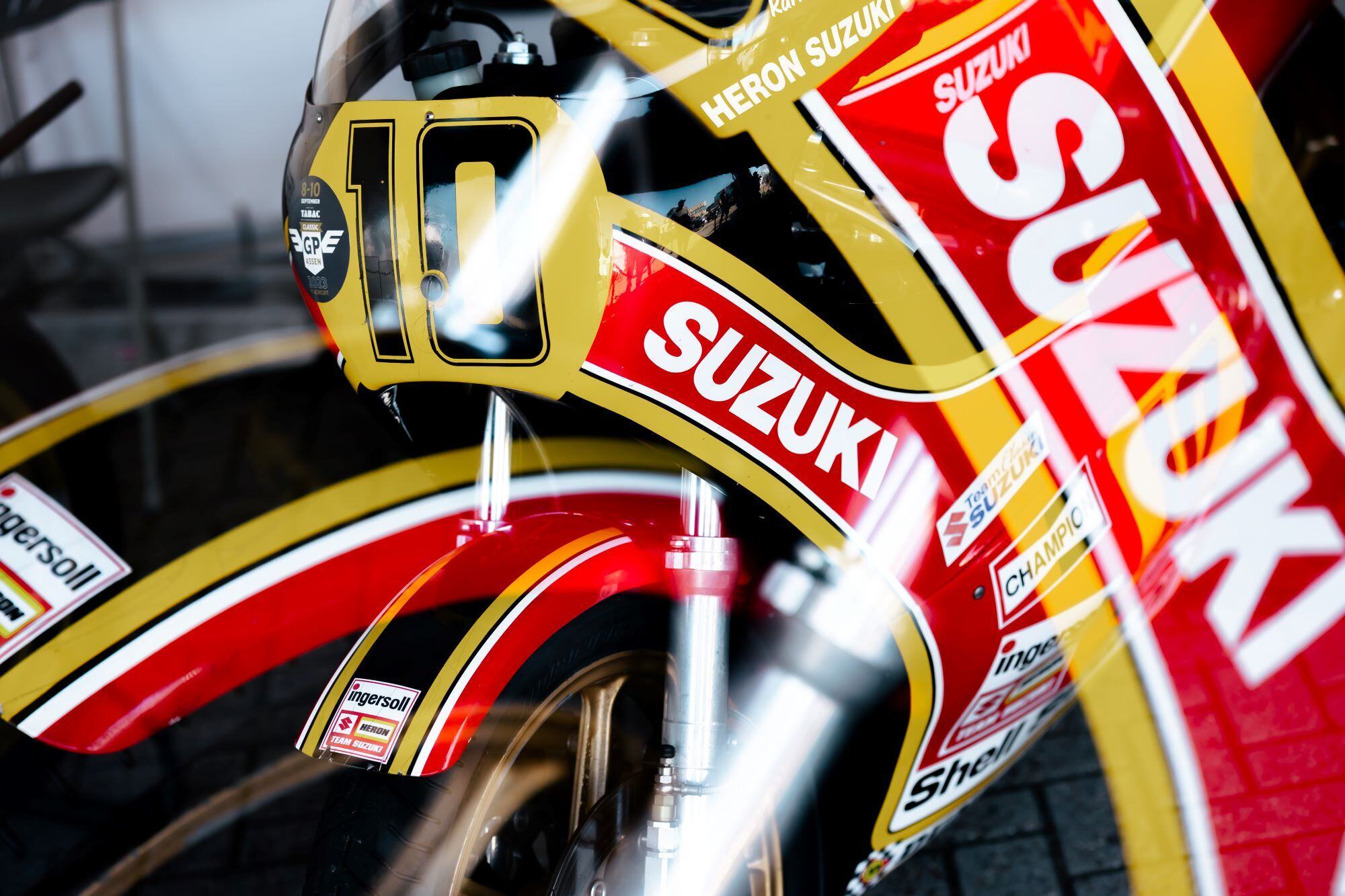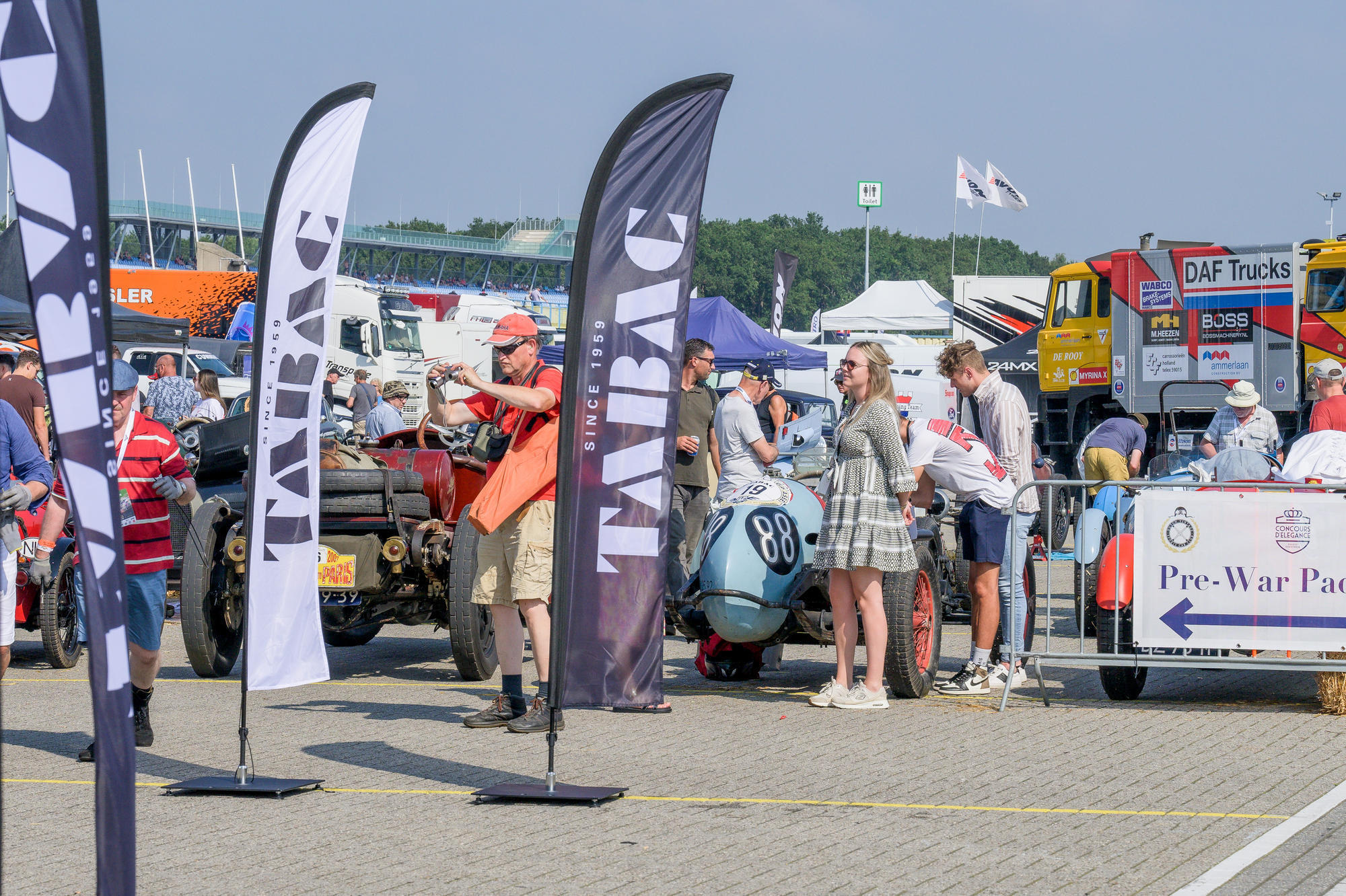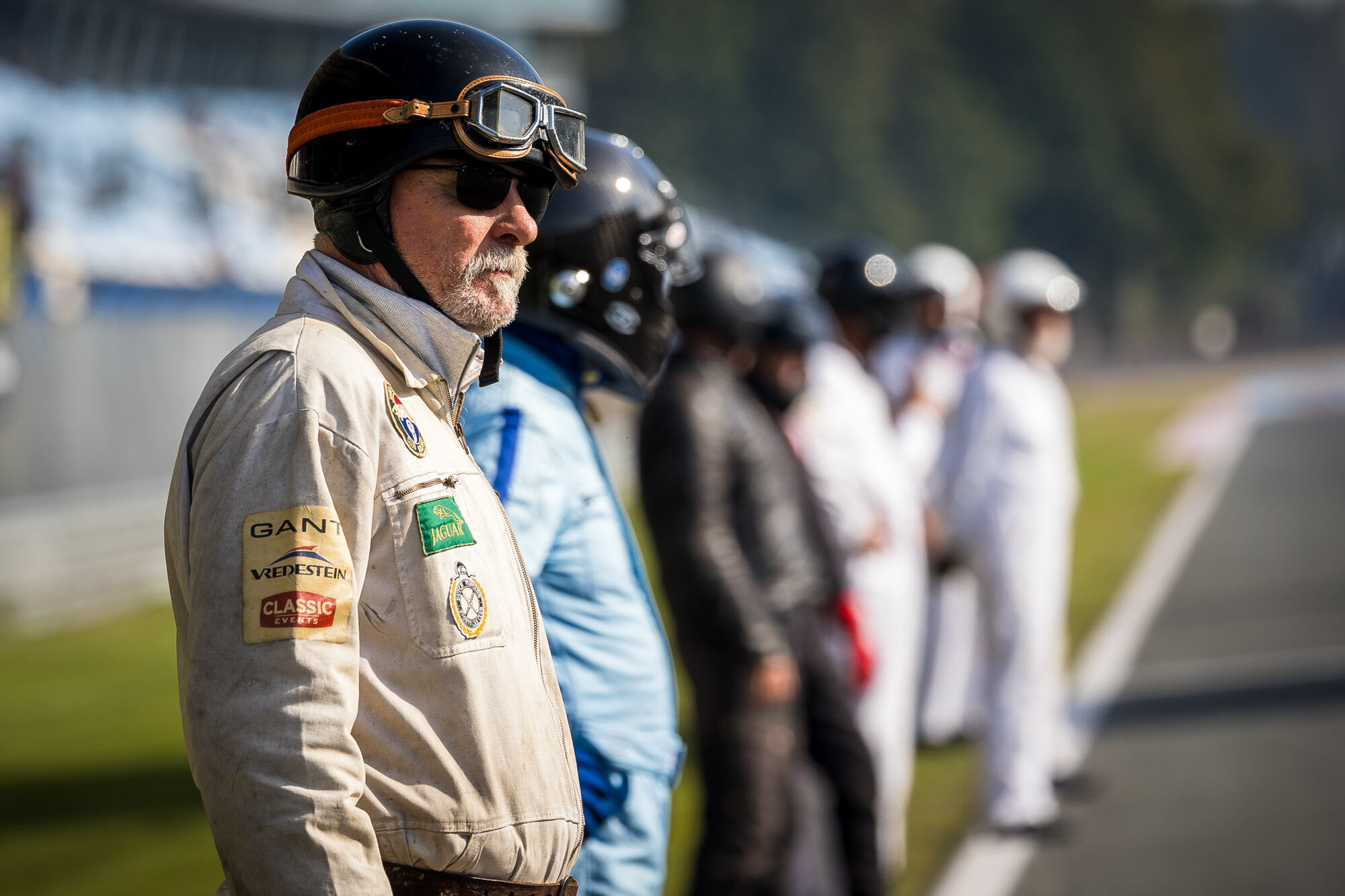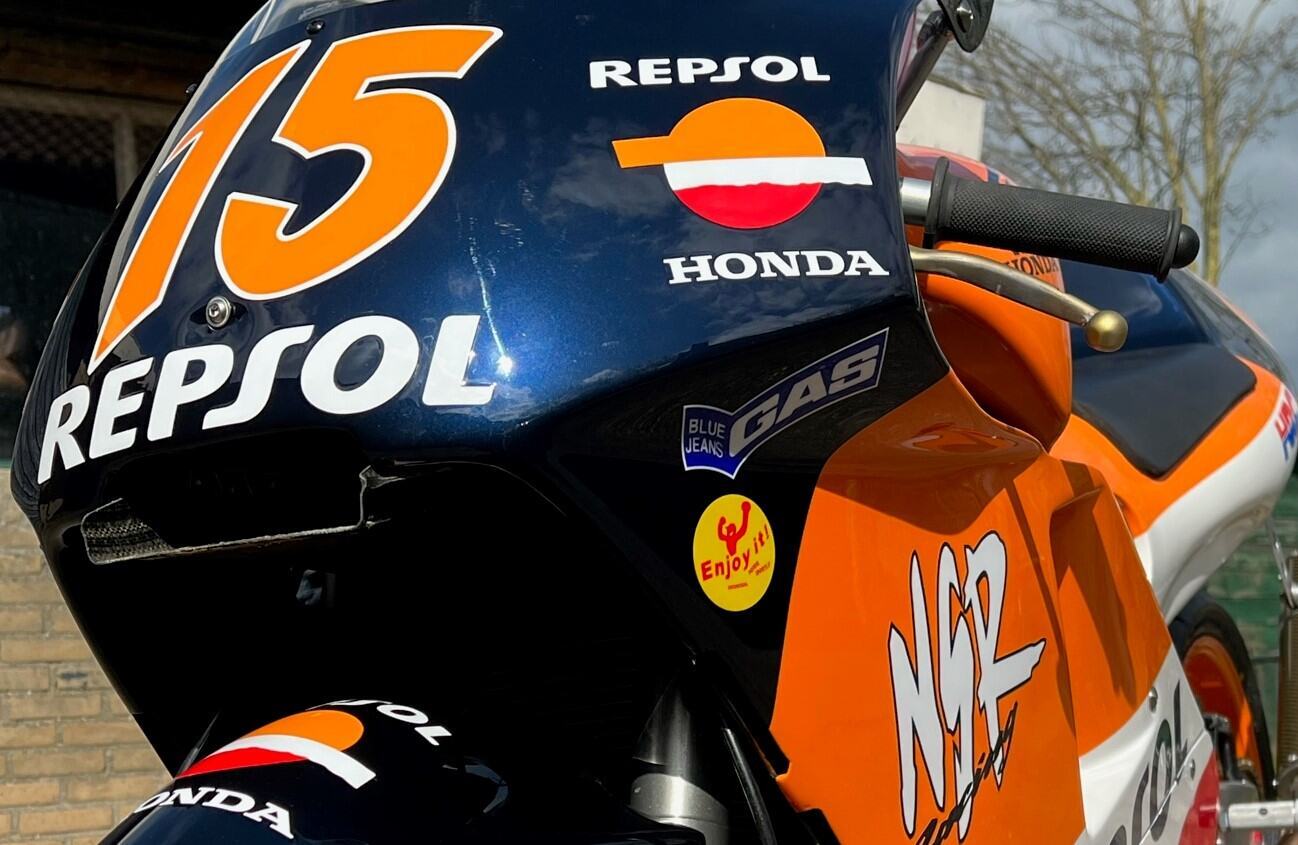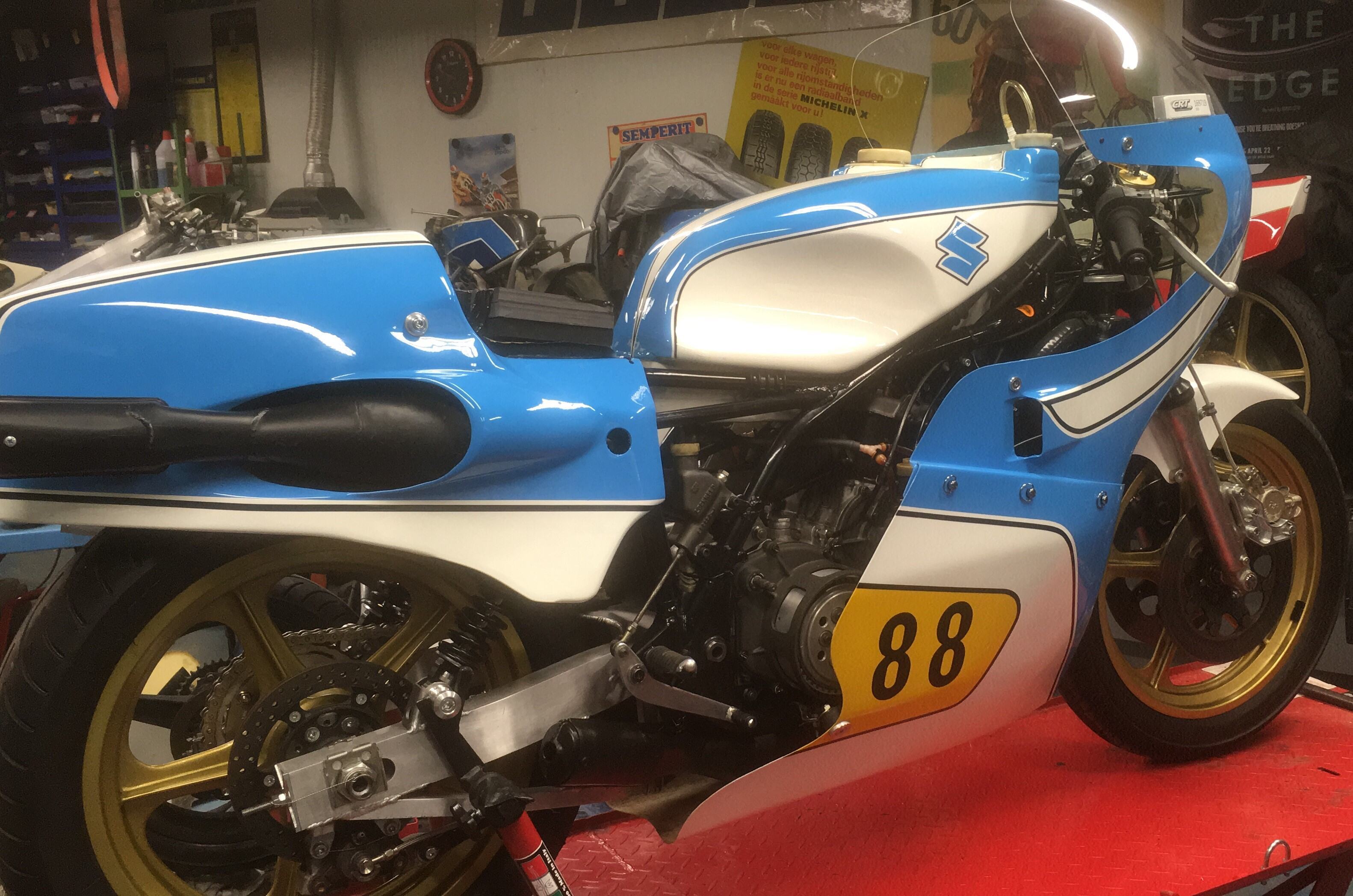1971 König 500 GP: turning a Marine Motor into a title contender
In the early 70s MV Agusta had reached a peak in dominating the 500 cc Grand Prix category with its four-stroke GP bike, but behind MV’s megaphone marvel, two-stroke technology was building momentum. As a sign of times changing, at the first race of the 1972 season Giacomo Agostini and his MV teammate Alberto Pagani from Italy shared the Grand Prix rostrum with a Kiwi who had built his own bike around a German two-stroke outboard marine motor. A year later Kim Newcombe arrived at Assen leading the 500 cc world championship on his König 500 GP.
Producing over 80 horsepower, the König 500 GP was seriously fast, powerful enough to overtake the champion MV Agustas on the straights. Reliability was an issue, which eventually drove factory rider John Dodds from Great Britain to sign for Yamaha at the end of the 1971 season, prompting mechanic Kim Newcombe to develop the bike while racing it himself. Newcombe, who had only raced dirt track back in New Zealand surprised everyone by winning his first ever road race, creating the first winning post-war German-made motorcycle. Such a raw talent was Newcombe, that he finished on the podium behind the factory MVs in his first ever Grand Prix, the 1972 West German GP at the Nürburgring, acting as a one-man operation, working as a rider and mechanic.
The König 500 GP had a 494cc, two-stroke, flat-four boxer engine mounted longitudinally into a massive steel backbone frame with the cylinders pointing towards the wheels, making it a very long motorcycle. It was one of the first motorcycles to use rotary (disc) valve induction and expansion chamber exhausts. These techniques would be widely adopted in two-stroke racing motorcycles in the decades to come.
PROMISING CAREER CUT SHORT
In 1973 Newcombe won his first Grand Prix in Yugoslavia. He finished 2nd at Assen behind Phil Read, maintaining his championship lead. Agostini won back-to-back races in Belgium and Czechoslovakia with Newcombe finishing 4th in Spa and crashing out of podium contention in Brno. A 4th podium finish in Sweden for the König rider could not prevent Phil Read from winning the 1973 world championship. With the title decided and with only the Spanish GP left to race, Newcombe decided to travel to Silverstone to do a non-championship race, attracted by a considerable starting fee. Riding a 680 cc version of the König he crashed out of the lead striking a nearby wall. After three days in the hospital he was declared brain dead. Kim Newcombe had died at the age of just twenty-nine.
Following Kim’s death Dieter König immediately withdrew the factory from Grand Prix racing, having produced approximately one hundred bikes and engines for privateer racers across the world. The company returned to manufacturing marine engines exclusively. In 74, 75 and 76 the world sidecar championship was won using a König engine. Following the succes of two-strokes such as the König, Agostini signed with Yamaha to win the first ever 500 cc world title on a two-stroke bike in 1975.
The König 500 GP will forever be associated with the talented title contender who had built his own bike around a boat motor, posthumously finishing as 500cc vice-world champion in only his 2nd season of Grand Prix racing.
During the TABAC Classic GP Assen this 1971 König 500 GP will be raced in the International Historic Racing Organization by Dutchman Hans de Wit. In 1971 De Wit personally collected this bike from the factory in Berlin to race in the Dutch 500 cc championship and he has kept it ever since. Modified with a double Weber carburettor and electronic ignition the bike produces 95 horsepower, around 10 horespower more than Newcombe got out of it in 1973. It is probably the only König that wasn’t assembled later on from various donor parts. In 2007 Kim Newcombe’s son Marc rode this bike at Spa-Franchorchamps in honour of his father.



